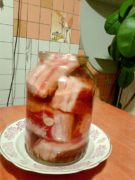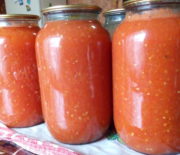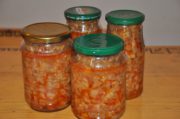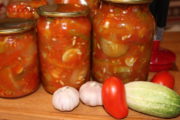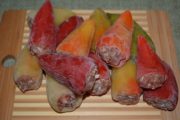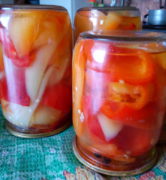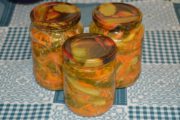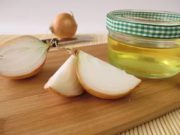Delicious classic sauerkraut for the winter
“The cabbage is good, a Russian appetizer: it’s not a shame to serve it, and if they eat it, it’s not a pity!” - says popular wisdom. But so that there really is no shame in serving this traditional treat, we will ferment it according to a proven classic recipe, exactly the way our grandmothers have done it since time immemorial.
Step-by-step photos will illustrate my traditional recipe, which will help you prepare for the winter quickly and correctly so that your sauerkraut is tasty and crispy.
In villages, cabbage was always chopped after the first frost, giving the heads of cabbage the opportunity to freeze thoroughly right in the garden bed and then thaw on the root. It was science that explained to us that, it turns out, “under the influence of negative temperatures, starch molecules are broken down into light monosaccharides that can support the process of lactic acid fermentation,” and the great-grandmothers of our great-grandmothers reached this point with their own experience, as they say, “empirically”: the cabbage was sweet, therefore , it's time to ferment!
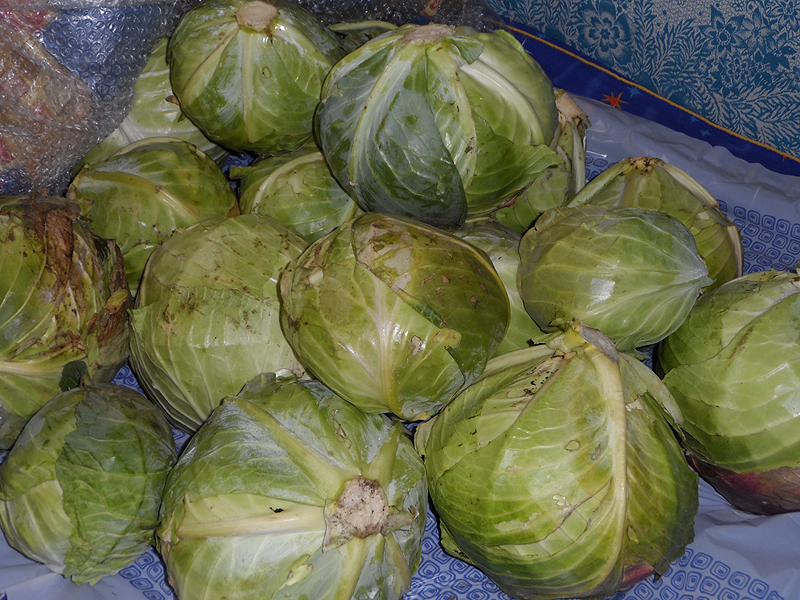
In modern vegetable storage facilities, cabbage is kept at a fairly low but positive temperature from autumn to spring.In this case, the breakdown of starch does not occur, there are not enough free sugars, and therefore, when fermenting such “heads of cabbage for long-term storage”, acetic acid will begin to form instead of lactic acid, and “at the exit” we will get something excessively sour, dark, soft and slimy, and even and with an unpleasant odor. That’s why knowledgeable people strongly recommend buying cabbage for sourdough not in a warm store, but at the market, directly from the truck, and on a frosty day.
In villages, cabbage was traditionally fermented in huge tubs, because only a large volume guarantees uniformity of the fermentation process. And they prepared such a considerable dish well in advance: they soaked it for several days so that the wood swelled and closed all the cracks, then they tapped and adjusted the hoops, and finally they doused it with boiling water or steamed it with horseradish, currant or oak leaves and, covering it with a clean cloth, dried it in the open air. .
Alas, it’s stressful with tubs these days; you’ll have to make do with 2-3 bucket pans, certainly enameled, without chips or scratches, cleanly washed, scalded and dried. In the same way, we process a measuring bucket with a capacity of 10 liters, a mixing basin (enameled or made of food-grade plastic), a circle for bending and the bending itself. You can just take a jar of water, but since we are traditionalists today, we will assign a heavy pebble stone as oppression.
If you have a wonderful, expensive and incredibly efficient electric or mechanical shredder, immediately put it away! We ferment according to grandma's traditional recipe, maintaining juiciness, elasticity, crunch, so we can do without any new-fangled gadgets - just with our hands, our hands!
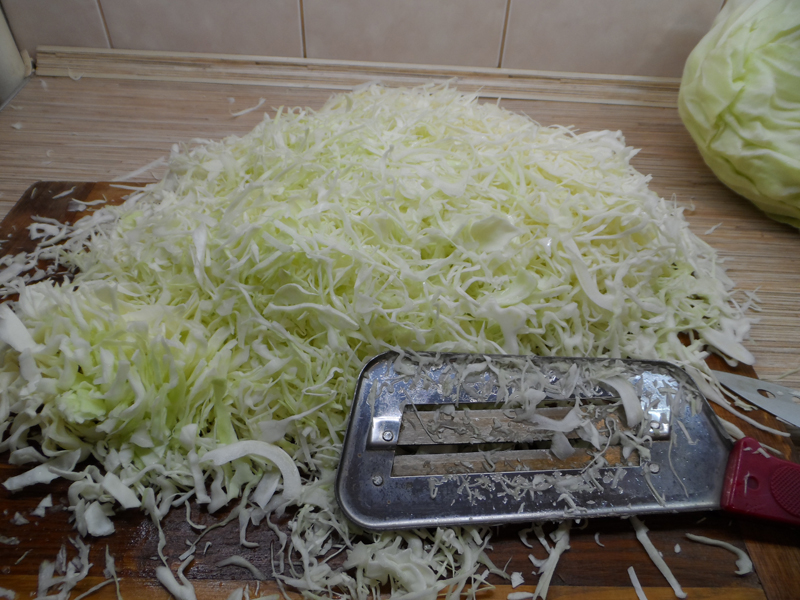
So, all the necessary ingredients are prepared: peeled cabbage, grated carrots, coarse salt, bay leaf, a reliable board, sharp knives, hand shredder, dishes. Have you forgotten anything? Oh, yes, it would be nice to start with a glass of beer, so that “for us and for you, for a good leaven, so that it is not sour - not salty, but crisp and young!”
How to make sauerkraut at home
Loosely pour the shredded cabbage into a measuring bucket, without pressing too much, until it is slightly heaping full.
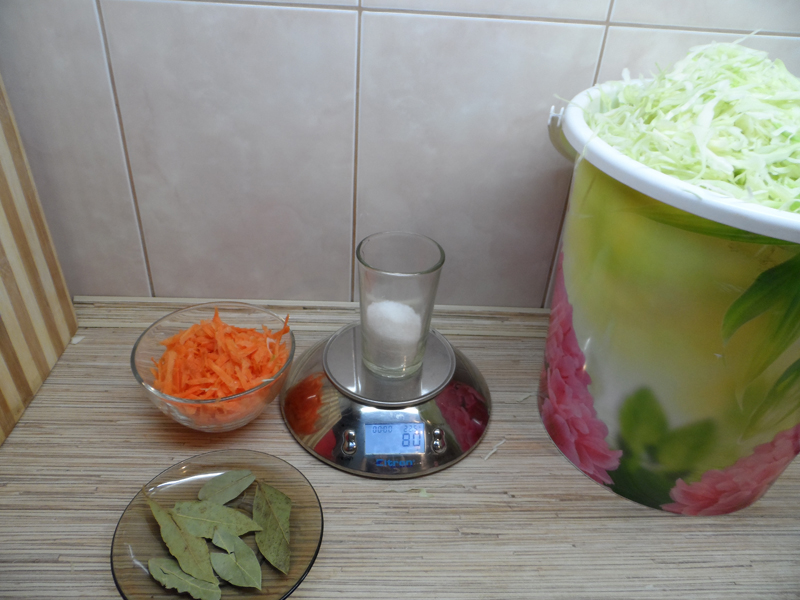
Transfer this portion into a bowl, add a cup of grated carrots, a third of a 200-gram glass of coarse salt or three small heaped tablespoons, or just 80 grams.
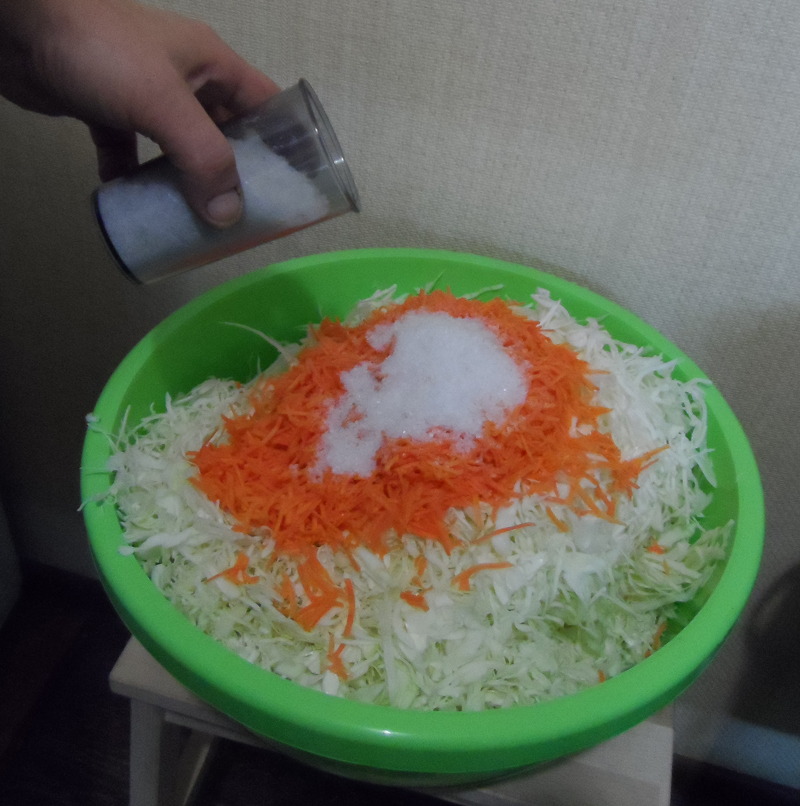
And we begin to knead until the juice appears.
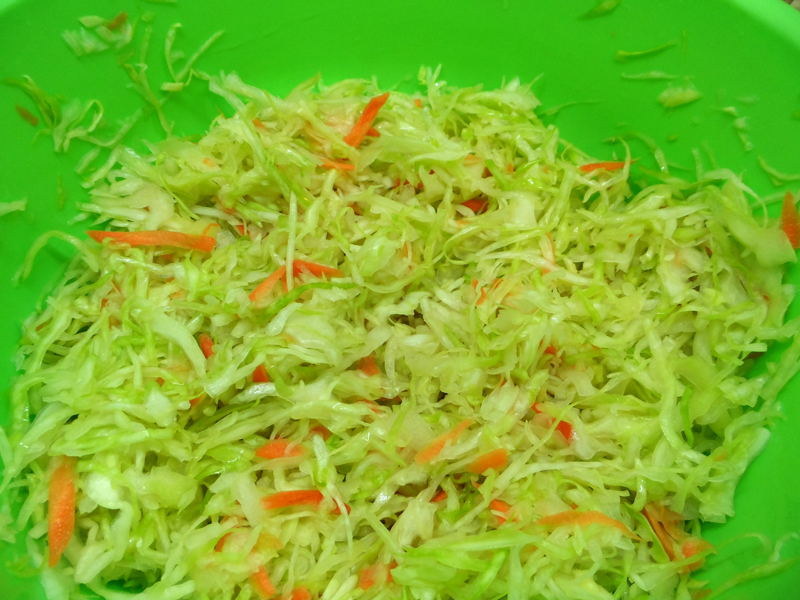
Place the salted cabbage in a saucepan in layers, seasoning with suitable spices. Most often this is bay leaf, dill, cumin, but more exotic additives are also possible for the amateur: anise, coriander, ranetki, small apples, some kind of lingonberries or cranberries, beets instead of carrots, in general - complete freedom of creativity within the confines of your own tastes and preferences.
When the level of the cabbage in the pan is about three fingers below the edge, level the surface, place a dish-pressure on it, cover this pyramid with a clean cloth and leave it to ripen in a quiet, not particularly hot, but not cold place.

Lactic acid fermentation is such a delicate process that it reacts very sensitively not only to the slightest temperature disturbances, but even to drafts!
After about a day, the brine, happily gurgling and blowing bubbles, will make its first attempt to escape from the pan. This means that it’s time to pierce the cabbage, otherwise oxygenic fermentation will be replaced by oxygen-free rotting, and all the work will go down the drain.
Piercing is also not so simple. First of all, the piercing itself (a strong stick or a spoon with a long handle) must be absolutely clean and dry. Our task is to release the accumulated gases, allow the brine displaced by these gases to return to its place and continue to ferment the lactic acid there, in the depths, involving the cabbage itself in this action. Therefore, we must not only pierce the thickness of the cabbage, but also vigorously stir the well so that as much carbon dioxide as possible comes out and oxygen enters.
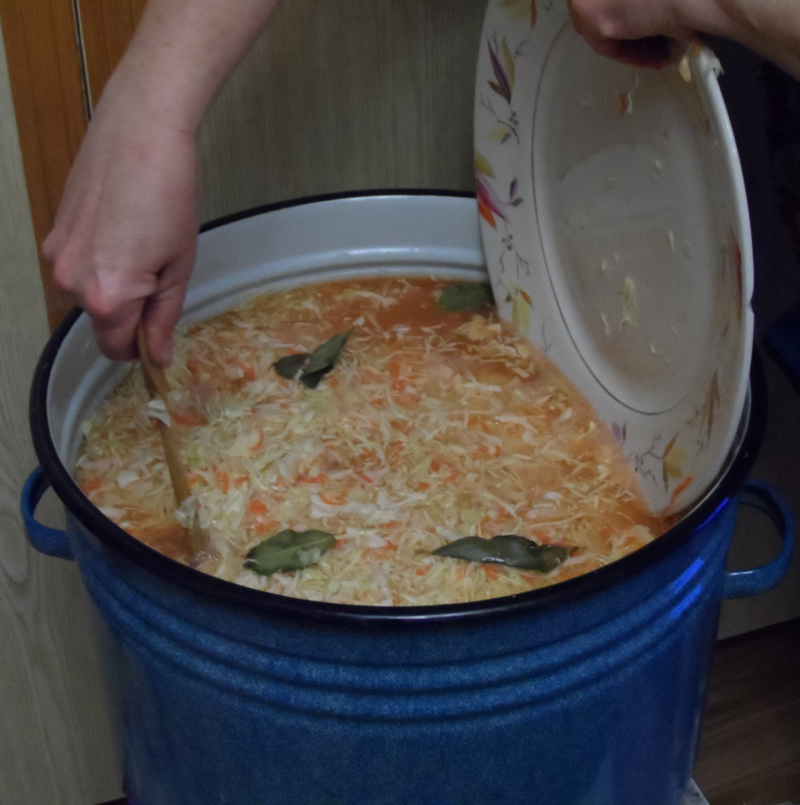
This operation will have to be done several times a day, without waiting for the brine to run away and make a puddle, and then somewhere around 3-4 days (depending on the temperature in the room) we will determine organoleptically (by color, smell and taste) that the process Fermentation is almost complete! Granny would have said it more simply, without any confusion: “It’s ripe, darling, it’s time to take it out!”
Without tamping it too much, place the finished sauerkraut in glass jars, top up with brine, seal with plastic lids and place in the cold, but not in the frost.
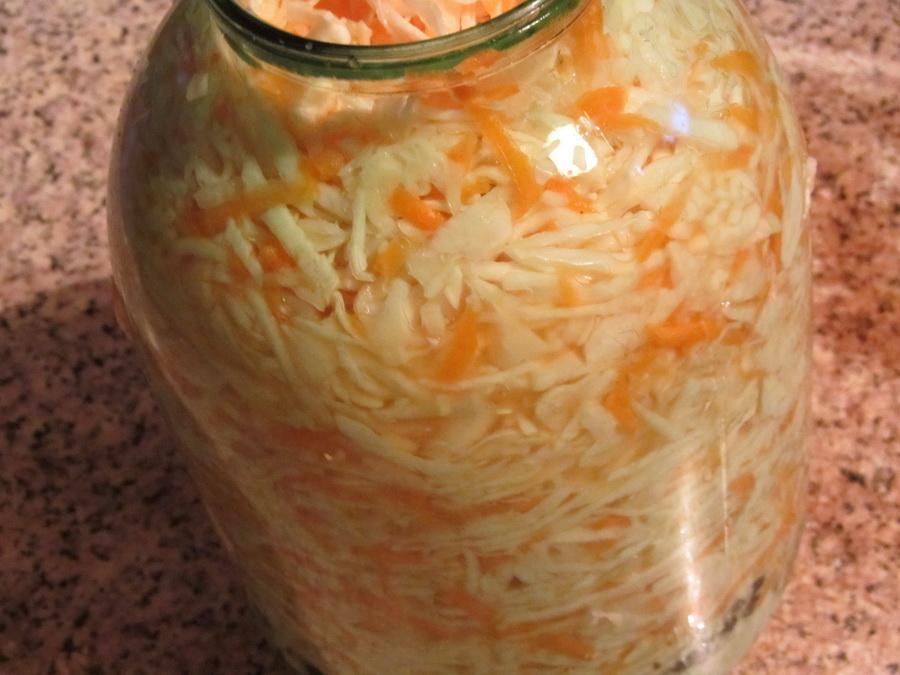
In principle, there will be no particular damage to the nutritional value and even the taste from freezing, but that same extraordinary elastic and crispy consistency, for which they remembered the recipe from the century before last, will disappear irrevocably. But, of course, we will not allow such a mistake, and our sauerkraut will be good not only in borscht soup, but also in vinaigrette salads.
Isn't it time to take a sample? We scoop up a handful or two of sauerkraut, thinly slice the onion, throw in a pinch of sugar or a spoonful of honey, invigorate with frozen cranberries, generously pour in vegetable oil - country oil that smells like seeds - mix... And of course a small shot of the treasured tincture - anise, juniper or tarragon, that on seven herbs...
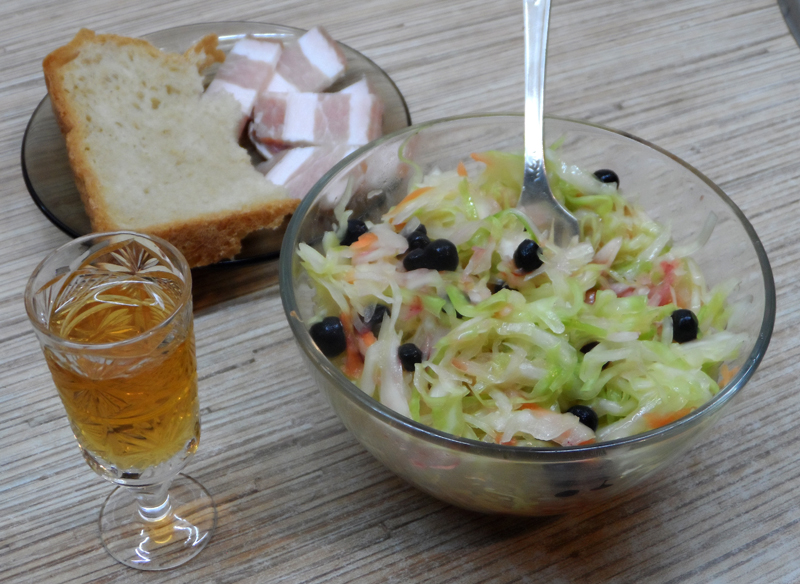
Eh, good fermented cabbage!



